
The next big thing in Chinese martial arts may well be sanda, a combination of striking, kicking, throwing and seizing. Andrew Chin visits a class in Shanghai.
Over the past decade, there has been a revived interest in martial arts around the world. Previously unknown regional styles like Brazilian jiu-jitsu and muay Thai are now taught in Shanghai, after being showcased in international mixed martial arts events.
The most recent event was the MMA Ultimate Fighting Championship (UFC), which made its debut in China on November 10 in Macau.
Mixed martial arts, as its name suggests, involves various international styles of martial arts, including Chinese kung fu.
The UFC also aims to popularize the Chinese sanda (sanshou) fighting style, which combines four basic skills: striking, kicking, throwing and seizing. It's sometimes called kung fu kick boxing. It's both hand-to-hand self-defense and a combat sport.
In the Macau tournament, Vietnamese-American Cung Le, who knows sanda and other martial arts, won the headline match, knocking out former UFC middleweight champion, American Rich Franklin.
Shanghai residents can beat others to the punch by taking sanda lessons before it becomes the next big thing in MMA.
A major difference between sanda and MMA is that in sanda, when one fighter is on the ground, the referee breaks up the match and points are awarded. In MMA, the fight continues and the man on the ground fights back and can be struck. Thus, to succeed internationally in MMA, sanda fighters need to work on their ground game.
Sanda is the sports version of sanshou, a style of close combat fighting that was developed by the Chinese military during the 1920s at the Whampoa Military Academy in Guangdong Province after studying traditional wushu styles. A modern military version is taught by the People's Liberation Army.
In the 1960s, the Chinese government developed rules for sanda. In 1985, sanda competitions were part of the First International Wushu Championship in Xi'an, capital city of Shaanxi Province. The ninth edition of the event was held in October, drawing athletes from more than 60 countries and regions. Most Chinese fighters come from a sanda-training base.
For local American MMA trainer Silas Maynard, learning sanda was essential for his Fighters Unite Shanghai team to stay relevant and in competition.
"We got into sanda out of necessity," Maynard says. "We kept going to these fights and since the rules are different from muay Thai and kickboxing, it didn't go so well. So we started getting into sanda heavily about a year ago and are getting more involved in that scene."
Maynard leads sanda classes three times a week at his Fighters Unite Shanghai gym, also called Sai Rui Gym, on Fenglin Road in Xuhui District and he coaches students in bouts almost every week.

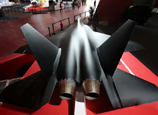
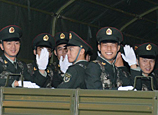
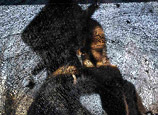
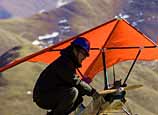


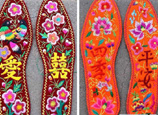
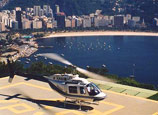






 Landmark building should respect the public's feeling
Landmark building should respect the public's feeling


![]()
